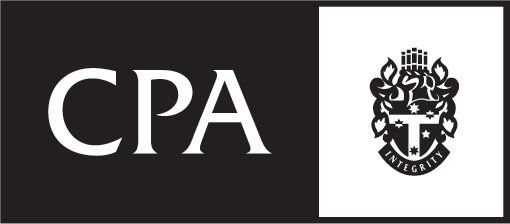Get in Touch
P: (03) 9853 1000
F: (03) 9853 8298
A:
Level 1 86-88 Charles Street,
Kew VIC 3101
PO Box 345
KEW, VIC, 3101
Australia
June 2024 - Update
Have you optimised your superannuation contributions this year?
This is the best time to check your concessional and non-concessional superannuation contributions to ensure that you are within the caps and have maximised your tax savings. The contribution caps for 2024 were:
Concesisonal $ 27,500
Non-Concesisonal $ 110,000
You should also consider strategies such as contribution splitting with your spouse, the spouse offset, the government co contribution and most importantly if you are eligible to take advantage of your carry forward unused contributions cap.
It is also important to not leave any contributions until the last minute as 30 June 2024 is a weekend.
If you wish to discuss any tax planning opportunities available to you this financial year and discuss a contributions strategy, please book a session with one of our accountants.
ATO's focus areas this tax time
ATO will be taking a close look this tax time at the following common errors made by taxpayers:
Work related expenses: Taxpayers using the revised fixed rate method of calculating a working from home deduction must have comprehensive records to substantiate their claims, including records that show the actual number of hours they worked from home, and the additional running costs they incurred to claim a deduction.
Rental properties: Performing general repairs and maintenance on a rental property can be claimed as an immediate deduction. However, expenses which are capital in nature are not deductible as repairs or maintenance.
Failing to include all income in tax return: The ATO warns taxpayers against rushing to lodge their tax return on 1 July. If they have received income from multiple sources, they need to wait until this is pre-filled in their tax return before lodging.
End of financial year obligations for employers
The ATO reminds employers they need to keep on top of their payroll governance. This includes:
- using their tax and super software to record the amounts they pay;
- withholding the right amount of tax; and
- calculating superannuation guarantee correctly.
As 30 June gets closer, employers should check their reporting obligations, along with any upcoming key dates, including for:
- PAYG withholding - From 1 July, the individual income tax rate thresholds and tax tables will change, which will impact their PAYG withholding for the 2025 tax year;
- SG rate change - From 1 July, the SG rate will increase to 11.5%. Employers must pay their SG contributions by 28 July in full, on time and to the right fund; and
- Single touch payroll STP reporting - Employers should remember to make STP finalisation declarations by 14 July for all employees the employer has paid during the financial year, and also check their employees' year-to-date amounts are correct.
Getting trust distributions right
As trustees prepare for year-end distributions, they should do the following:
- review the relevant trust deed to ensure they are making decisions consistent with the terms of the deed;
- consider who the intended beneficiaries are and their entitlement to income and capital under the trust deed;
- notify beneficiaries of their entitlements, so that the beneficiaries can correctly report distributions in their tax returns;
- consider whether the trust has any capital gains or franked distributions they would like to stream to beneficiaries; and
- check any requirements under the trust deed governing the making of trustee resolutions. Resolutions regarding distributions need to be made by the end of the income year.
Support available for businesses experiencing difficulties
By paying the tax bill in full and on time, taxpayers can avoid paying the general interest charge, which is currently 11.34%, and which accrues daily for any overdue debts.
The ATO advises taxpayers that, if their business is dealing with financial difficulties, there are some options to help.
Taxpayers who are struggling to pay in full or on time may be eligible to set up a payment plan. If they owe $200,000 or less, they may be able to do this themselves using online services. If they cannot do so, or they owe more than $200,000, they can contact the ATO to discuss their options.
Taxpayers can ask the ATO to remit their GIC. The ATO will then consider whether the tax bill was paid late because of circumstances that were:
- beyond the taxpayer's control, and what steps the taxpayer took to relieve the effects of those circumstances; or
- within the taxpayer's control, but led to results that the taxpayer could not foresee.
Minimum yearly repayments on Division 7A loans
To avoid an unfranked dividend under the Division 7A rules, loans from a private company to its shareholders or their associates must be either repaid in full or be covered by a 'Division 7A complying loan agreement' before the company's lodgment day.
Complying loan agreements require minimum yearly repayments comprising of interest and principal to be made each year, starting from the income year after the loan is made.
Taxpayers must ensure they can meet the required MYRs on complying loans.
If they miss the MYR or do not pay enough in an income year, the shortfall may be treated as an unfranked dividend.
Note also that borrowing additional amounts from the same company, directly or indirectly, to make repayments on complying loans may result in the repayment not being taken into account in working out if the MYR has been made.
When making MYRs, borrowers need to:
- start repayments in the income year after the complying loan was made;
- use the correct benchmark interest rate (8.27% for the 2024 income year) to calculate the MYR for the current year; and
- make the required payments on the loan by the due date — the end of the income year (i.e., usually by 30 June).
ATO issues notice of crypto assets data-matching program
The ATO has advised that it will acquire account identification and transaction data from crypto designated service providers for the 2024 to 2026 income years.
This data will include the following:
- client identification details (names, addresses, dates of birth, phone numbers, social media accounts and email addresses); and
- transaction details (bank account details, wallet addresses, transaction dates, transaction times, transaction types, deposits, withdrawals, transaction quantities and coin types).
The ATO estimates that records relating to approximately 700,000 to 1,200,000 individuals and entities will be obtained each financial year.
The data will be acquired and matched to ATO systems to identify and treat clients who failed to report a disposal of crypto assets in their income tax return.
Is your SMSF ready for the new financial year?
Key reminders and considerations for SMSF’s at the end of financial year are listed below:
- Have you paid the minimum pension?
If you SMSF is in pension phase, ensure you have met the minimum pension requirements by 30 June 2024. If the minimum pension is not withdrawn before 30 June 2024, the fund may have to pay up to 15% tax on income generated from pension assets.
The minimum pension is calculated by multiplying your pension account balance as of 30 June 2023 by the percentage applicable based on your age as of 30 June 2023.
Under 65 4%
65-74 5%
75-79 6%
80-84 7%
85-89 9%
90-94 11%
Above 95 14%
- Review your investment strategy
- See above for optimising contributions
- Check your deed is up to date. We recommend a deed update every 4 years to accommodate the changes in legislation and new rules.
The information provided in this update is general in nature and if you have any queries of require further information or assistance with the above, please contact our office.
Crawford News




Think we can help you with something?
Think we can help you with something?
Think we can help you with something?
Get in Touch
P: (03) 9853 1000
F: (03) 9853 8298
A: Level 1, 86-88 Charles Street,
PO Box 3135 COTHAM, VIC, 3101
Australia
Services


